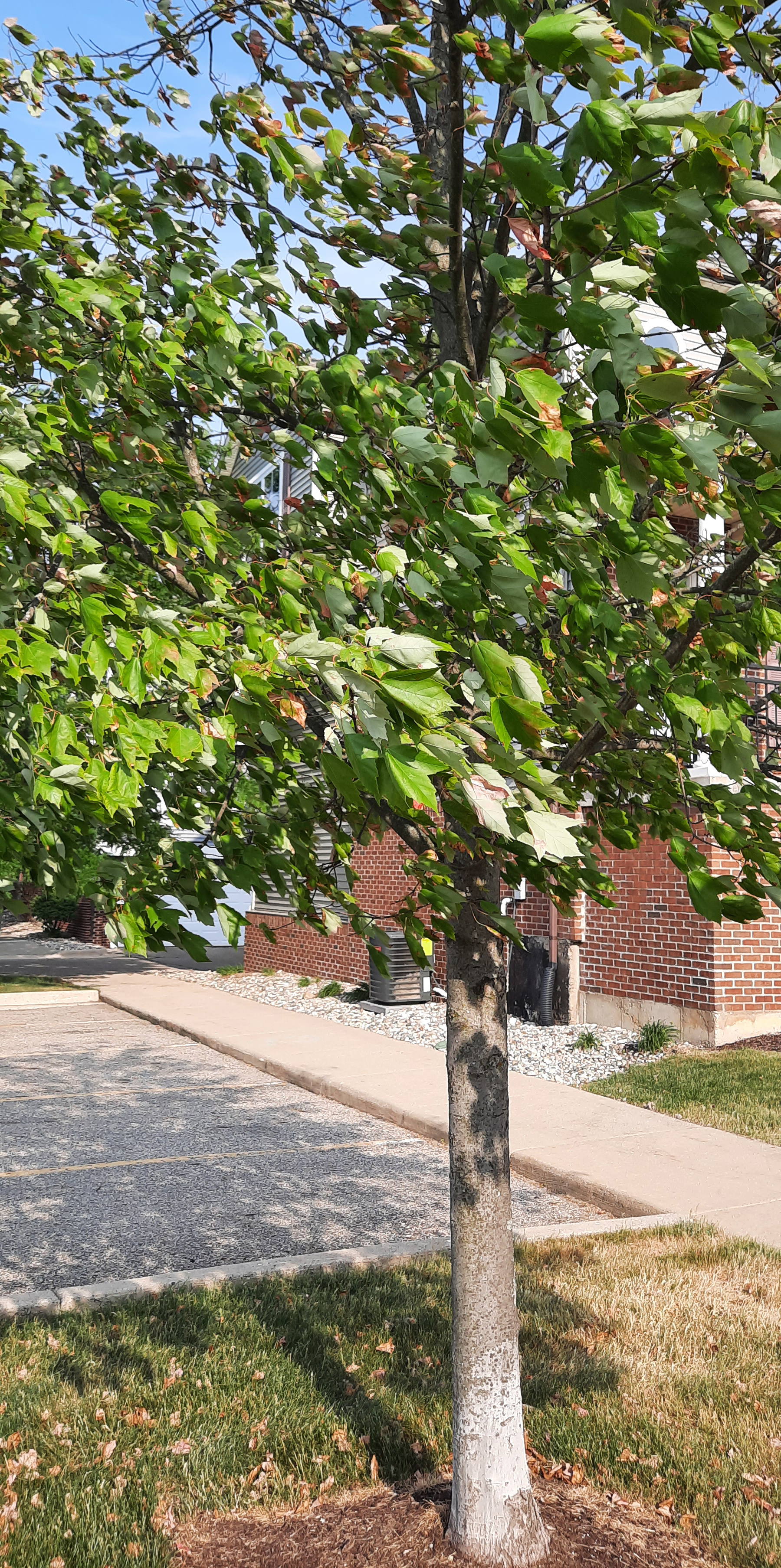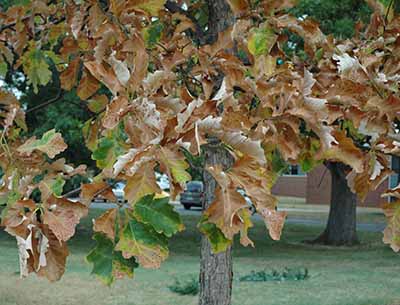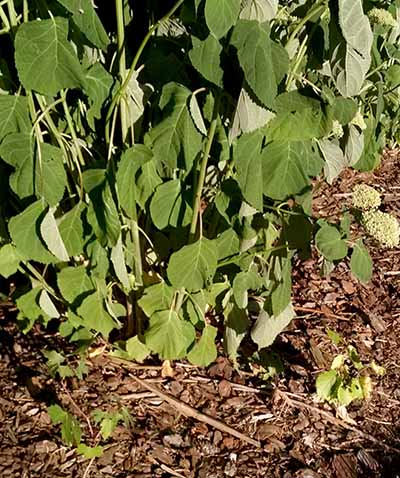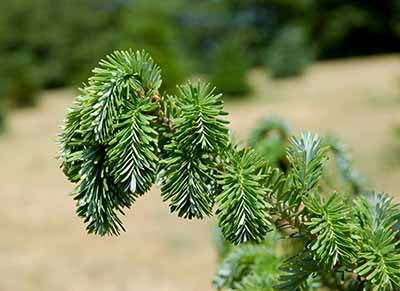Drought conditions begin to impact Michigan landscapes
Watch for common signs of drought stress on landscape plants.

Many parts of mid-Michigan continue to dodge raindrops and the effects of our dry conditions are becoming evident on lawns throughout the region. While the effects of drought on browning turf are obvious to most homeowners, the effect of drought on landscape trees and shrubs may be more subtle. Michigan State University Extension recommends homeowners and landscape professionals watch for common signs of drought stress on landscape plants, including:
- Wilting leaves
- Leaf rolling or curling
- Leaf scorch or browning
- Leaf shed or early color change
- Drooping shoots on conifers

These drought stress symptoms (see more pictures at the end of this article) indicate trees and shrubs could use a good soaking. As a general rule, trees or shrubs that have been in the landscape for three years or longer are usually well-established and can withstand a typical summer dry spell without lasting injury. Newly planted trees and shrubs, on the other hand, are highly susceptible to drought. Nearly all landscape plants undergo stress following transplanting, even during a mild summer. In a year such as this one, when rainfall is infrequent, irrigation is critical to enable trees and shrubs to become established.
Plan on watering new plantings at least once a week in the absence of rainfall. There is some debate among arborists whether light, frequent irrigation is more effective than less frequent, deeper irrigation. In most situations, the decision becomes a matter of time and logistics and either method is better than not irrigating. Regardless of the irrigation method, there are two key points to remember:
- Avoid run-off when watering. Water that runs off the soil surface does not benefit plants and is a wasted resource.
- Mulch plants to conserve moisture. Research at MSU and elsewhere has consistently shown that soil moisture is higher when plants are mulched. For example, in an ongoing trial in southwest Michigan, conifers that were mulched had 25% greater available soil moisture than trees that were not.







 Print
Print Email
Email

